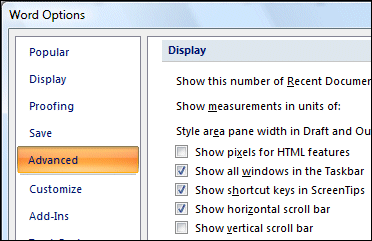I’m at the airport following two days of Sun’s Global Media Summit. I’ll be writing up various pieces on this, but in the meantime here are some quick reflections.
In the first dot com boom Sun could do no wrong; its servers were lapped up by every company with an internet presence. In the ensuing years it failed to sustain its momentum and began posting losses. It created Java, which transformed enterprise computing, but somehow others (IBM,Oracle,BEA) seemed to profit from Java more than Sun itself.
Sun has recovered. We were told repeatedly that it has posted profits for several consecutive quarters; its margins are good and its focus is now on growth. It has bold plans for its Solaris operating system. It wants to transform Java into something that will rival Flash and Silverlight as well as doing valuable but dull work on application servers. It still believes in thin clients. It can supply eco-friendly datacenters that offer money savings as well as a reduced carbon footprint.
Above all, Sun is engaged in a fascinating experiment around open source. Most of its software is both free and open source, including of course its big recent acquisition, MySQL. Sun is a company with 4,000 more-or-less unfettered bloggers, talks a lot about community, and wants to be considered just as much an open source company as, say, Red Hat or indeed MySQL.
Has Sun figured out how to do open source and remain profitable? It says it has; though part of its argument is that even free software users need hardware. And if there was one thing I learned this week it is the extent to which Sun is a hardware company. Another journalist said that the one word which sums up Sun is “Datacenter.” We heard a lot about the “Niagara” 64-thread processor; the “Thumper” storage server; and the “Blackbox” datacenter-in-a-container; and we were given a tour of one of Sun’s own datacenters in Santa Clara.
Nevertheless, Sun is serious about open source, though it is early days and the company has not worked out all the implications. Some feel that Sun wants to retain a degree of control that makes Linux-like freedom and diversity impossible. Here’s Ben Rockwood, an external member of the governing board of Open Solaris:
…we have open source but we don’t have open development. Sun has done an admirable job with releasing code, but Sun’s track history in the arena of open development efforts with the free software community has been abysmal. Many engineers inside of Sun “get it” (look at IPS, or almost anything Dr. Stephen Hahn is involved in, just beautiful) but somewhere in that middle-management there is a disconnect.
If Simon Phipps and others like him have their way the community will be “rebooted” from what most of us envisioned, an open development effort in which Nevada [Solaris 11] is developed as a community effort, to a glorified support infrastructure in which the “community” is really just a bunch of bi-standers with no real involvement. The later case is apparently closer to the MySQL model, which I refer to as “glass house development”, that is, you can look in at whats going on but you’re not part of the action.
These tensions and its whole open source experiment will make Sun a fascinating company to watch.
Sun is also serious about eco-friendly computing. In the context of global warming, this is smart business as well as a compelling argument for concepts like thin clients (Sun Ray) and more efficient datacenters.
Conclusions? None yet. This is a company in transition. That said, I’ve come away thinking that its lean years have left it as well prepared as anyone for the coming economic uncertainty.
 Writer and mail those to editors straight from the browser, so that I don’t have to worry about synchronising Word docs between machines. I’m managing my article deadlines and my newsletter schedule using Zoho Sheet. I only use Office, quietly grumbling under my breath, for one client which demands that I fiddle about with Word styles to accomodate its content management system.
Writer and mail those to editors straight from the browser, so that I don’t have to worry about synchronising Word docs between machines. I’m managing my article deadlines and my newsletter schedule using Zoho Sheet. I only use Office, quietly grumbling under my breath, for one client which demands that I fiddle about with Word styles to accomodate its content management system.